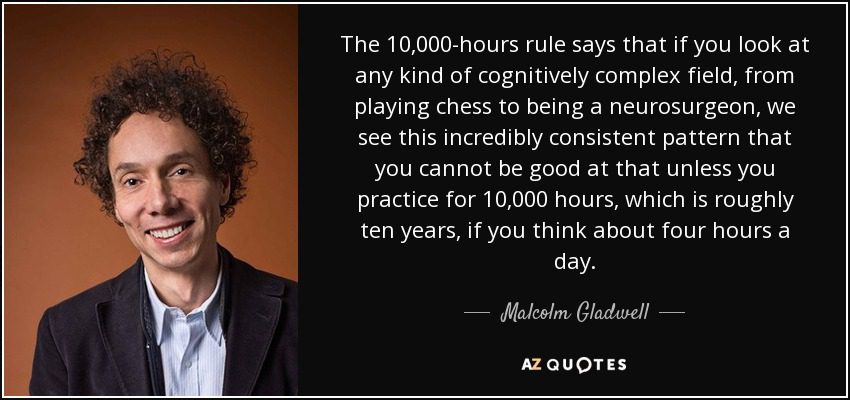Malcolm Gladwell’s concept of the Ten-Thousand Hour Rule still holds today, as it did when he first introduced it in his book Outliers. In this book, Gladwell cites a study of violinists conducted in the 1990s by psychologist K. Anders Ericsson, which found that great players had put in ten thousand practice hours by age twenty.
Gladwell argues that this rule applies to success in any field, and he points to the Beatles, Bill Gates, and other successful people who have spent thousands of hours perfecting their craft in a relatively short time. However, he also emphasizes that there is a threshold one must meet to compete in any field, such as being at least six feet tall for basketball players or having an IQ of 120 for advanced learning.
To achieve success, Gladwell highlights five characteristics: persistence, being friendly, knowing your resources (teachers, coaches, facilitators, and mentors), being skilled in your craft, and having talent. In addition, he emphasizes the importance of showing up and being prepared, as well as avoiding people who drain your time and energy.
David Lyman, the founder of The Maine Workshop, stresses the importance of persistence and refining one’s craft, stating that it takes about ten years to do so in photography. On the other hand, Bobby Fisher became a chess grandmaster in nine years, and great artists combined their talent with thousands of hours of work to master their chosen field.
The journey of ten thousand hours may seem daunting, but it breaks down to fewer than three hours a day over ten years. Nevertheless, with persistence, skill, and talent, anyone can become an expert in their field and succeed.

